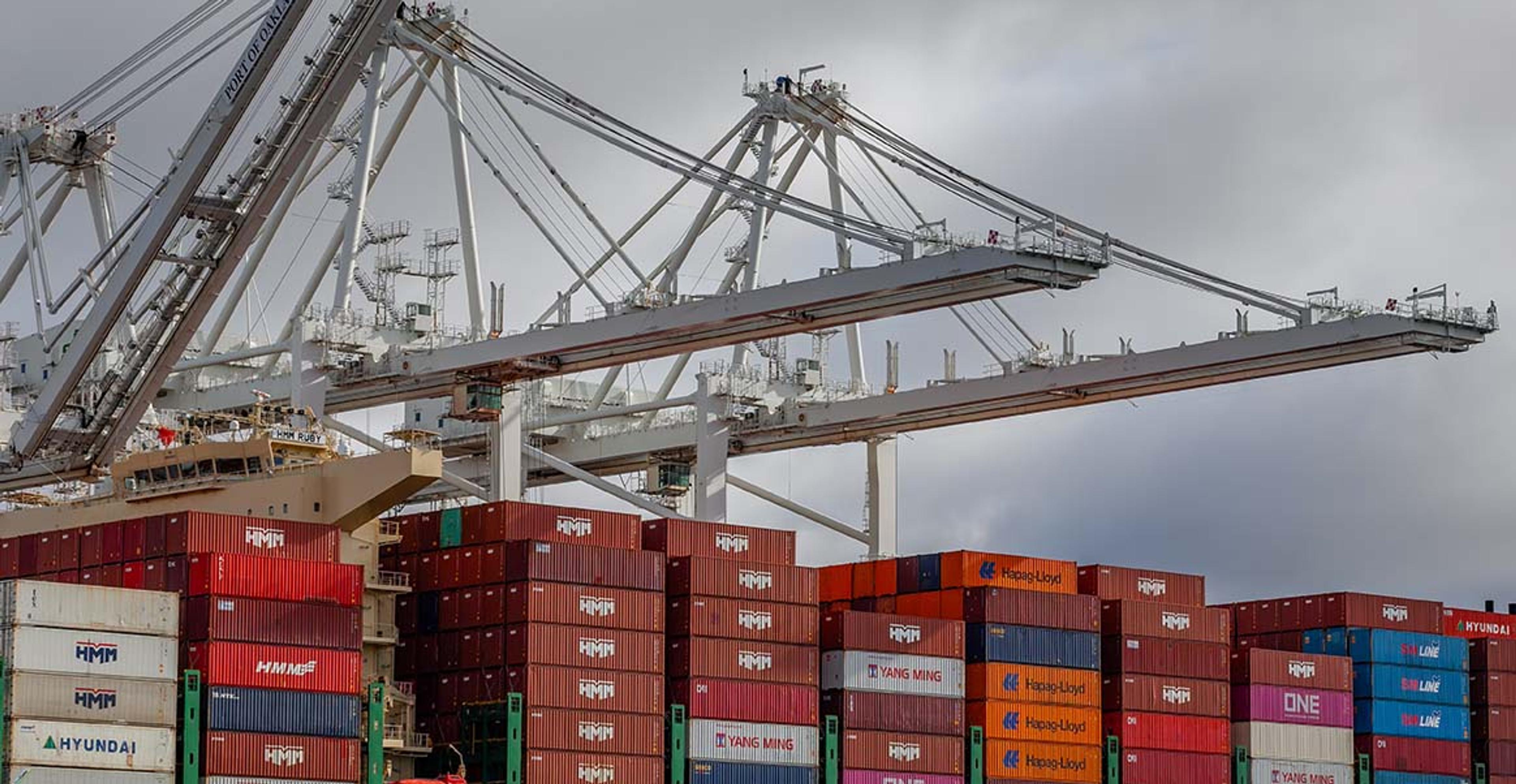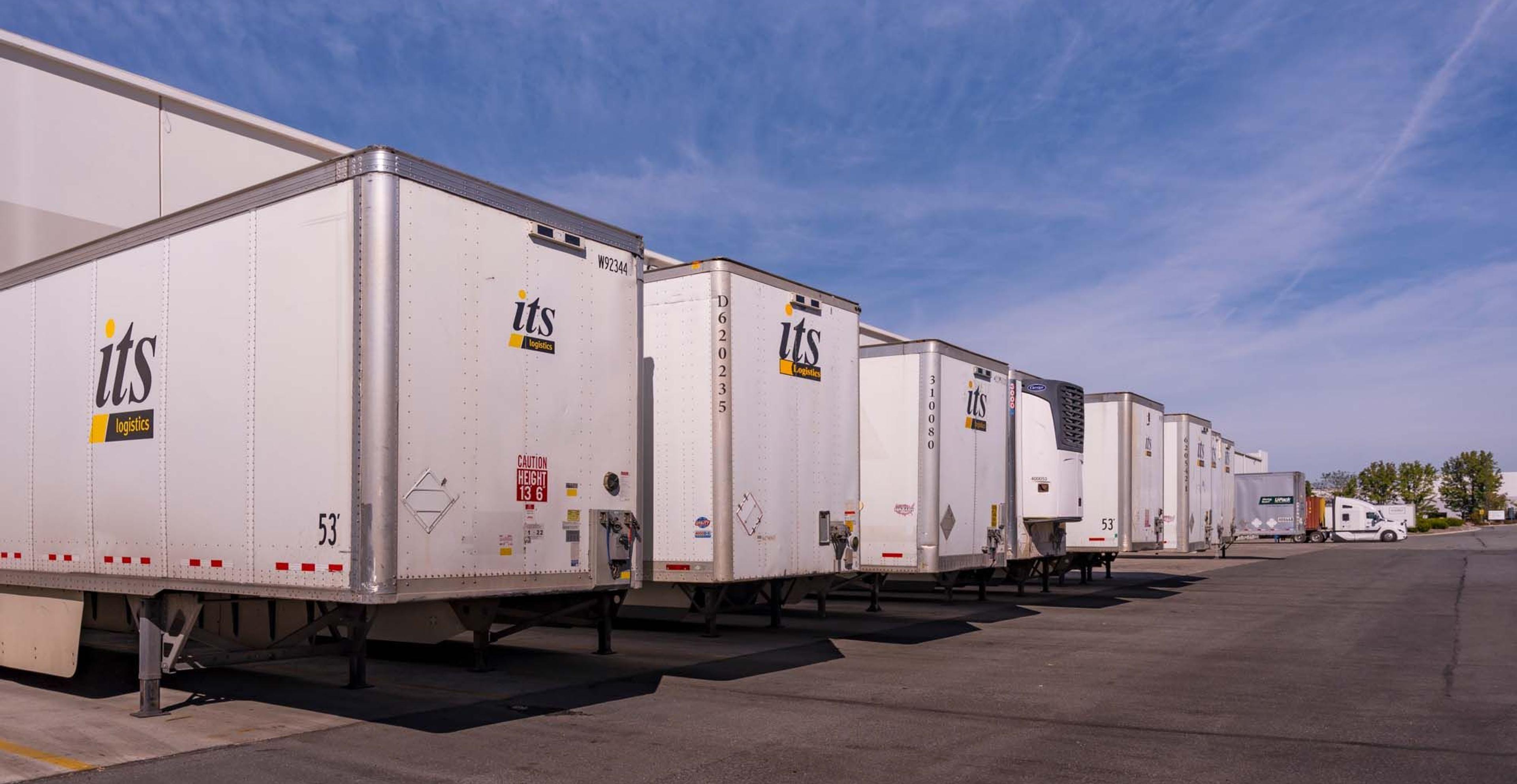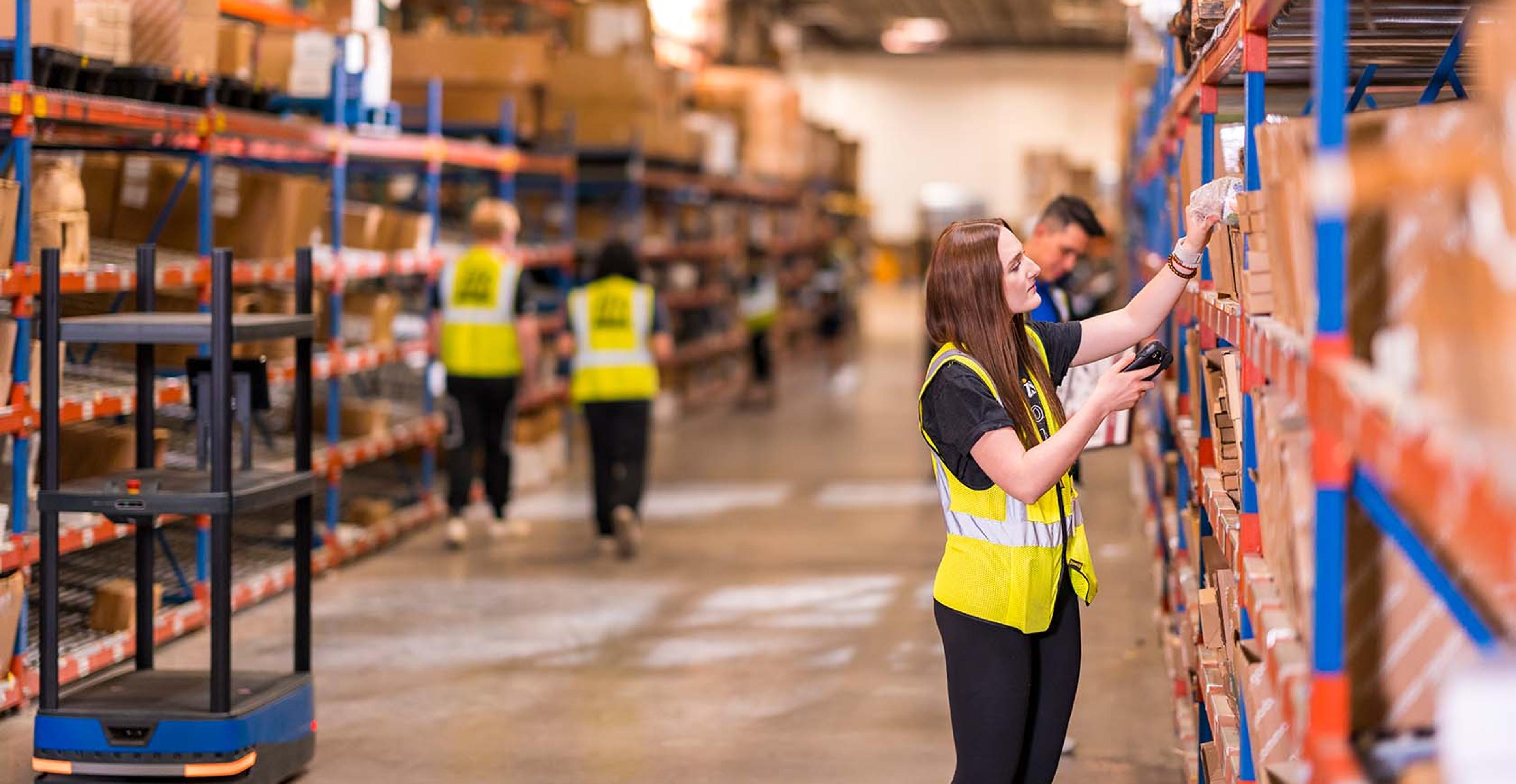IN THE NEWS: Tariffs Amplify US Warehousing Demand, Disrupt Inland Truck Routes

Journal of Commerce
May 8, 2025
William Cassidy
FROM THE ARTICLE: Rising demand for bonded warehousing amid high US tariffs is disrupting the flow of freight by truck to inland US markets, drayage providers say.
That and high volumes of freight frontloaded to avoid paying those tariffs are throwing some supply chains and inland distribution networks off-kilter as uncertainty deepens around US trade disputes and the potential for trade deals to lower tariffs.
Frontloaded freight, first from China and now from other US trading partners facing reciprocal tariffs by July, is forcing US shippers to find new storage space for goods, whether bonded facilities, free trade zones (FTZs) or any available warehouse.
They’re looking for overflow space and a tariff-safe haven for their goods, and that is shifting shipments and inventory across the country, said Paul Brashier, Vice President of Global Supply Chain for ITS Logistics, a Reno, Nevada-based drayage and logistics provider.
“Bonded storage, especially for Chinese goods, is something we’re seeing tons of demand for right now,” Brashier told the Journal of Commerce Wednesday. Demand is high for bonded trucking as well, in which a carrier moves goods in bond from a port.
But bonded warehouses are hard to find. Shippers that can’t find bonded storage in the US are looking as far away as Canada. That means freight is shifting to new lanes and perhaps new trucking companies.
“Let’s say you frontloaded a ton of goods and you get them into the best port you can as quickly as possible,” he said. “They’re not destined for their normal supply chain.”
3PLs are looking for more space for importers, including space at ITS Logistics, which has about five million square feet of warehousing at three campuses, Brashier said.
“I was approached recently by a 3PL looking to onboard us for additional space,” he said. “Those conversations weren’t happening six months ago, and they are now.”
ITS Logistics is also seeing more demand for cross-dock services and direct long-distance trucking or drayage to customers further in the US, skipping intermediate distribution centers. “There’s a lot of stuff moving between distribution centers,” Brashier said, a sign that inventory is being repositioned.
Such deviation from “normal” supply chains—especially if it proves long lasting—leads to higher costs for shippers as goods they import move to markets farther from ports. Disruption likely will decline as tariffs take effect and shipments drop.
“We’ve got to let everything from the China cut-off process through the system,” Brashier said.



